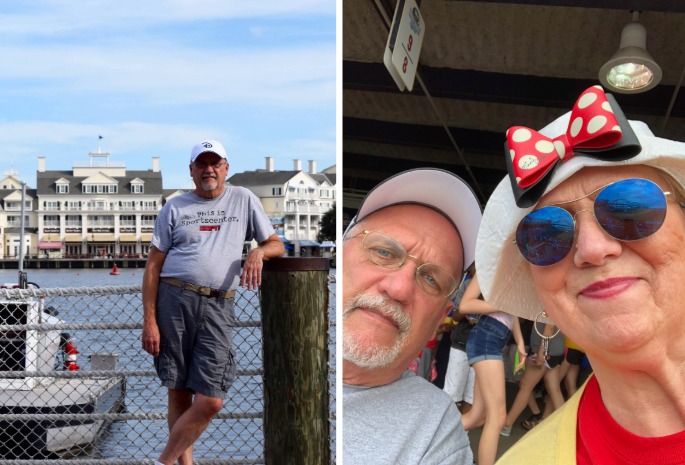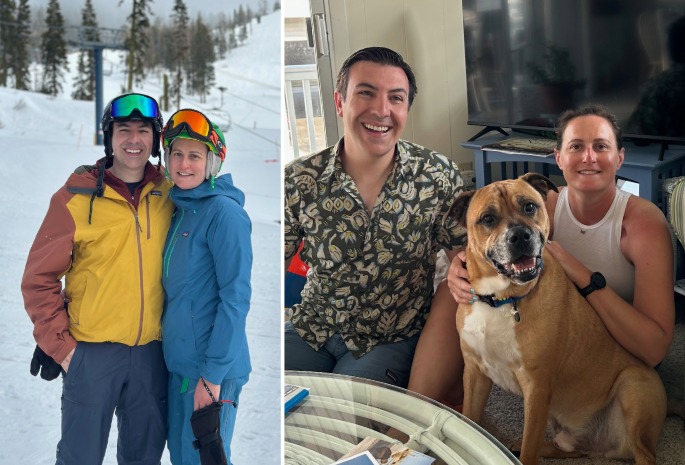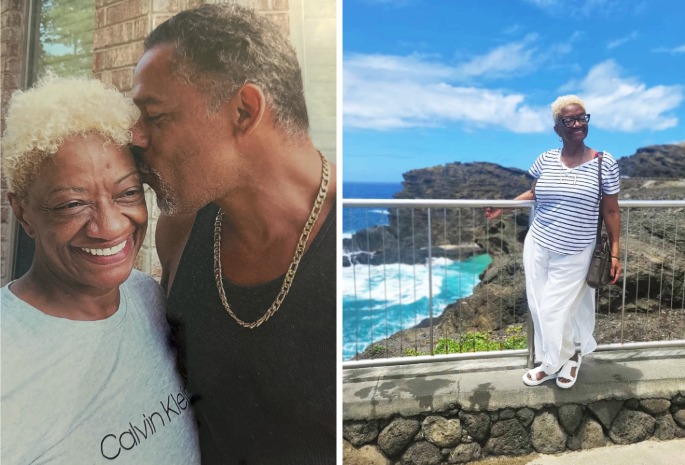Steve, 76, knew something was wrong almost as soon as the plane lifted off. His throat tightened. Swallowing felt strange and difficult. He didn’t touch his in-flight snack, afraid he might choke. He sat quietly for two anxious hours, unsure what would happen when they landed in Atlanta. He let his wife, Becky, sleep beside him, not wanting to alarm her.
As the plane made its descent to Hartsfield–Jackson Atlanta International Airport, Becky woke up. "I was shocked to see Steve just covered in sweat," she says. "I talked to him for a minute and then asked a flight attendant to have paramedics meet us at the gate."
Steve and Becky suspected that his symptoms were related to a health crisis he had had about a year earlier. That’s when he had a tear in his esophagus, the tube that carries food from the throat to the stomach. He spent two weeks in a hospital near his hometown in western Illinois. Doctors there chose not to operate, hoping the tear (called a perforation) would heal on its own.
Unfortunately, it hadn't. After assessing Steve, the airport paramedics called an ambulance.
"Someone was definitely looking out for us that day, because we ended up at the one hospital that could help us more than any other in Atlanta," Becky says. "Emory specializes in esophageal perforations. You can call it serendipity or divine intervention or whatever you want. But I have no doubt that the paramedics' decision saved Steve's life."




